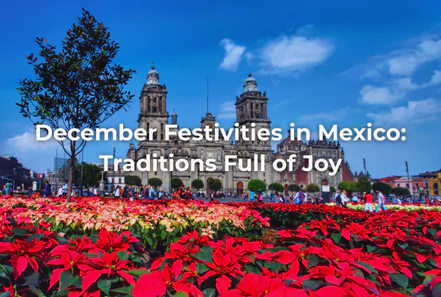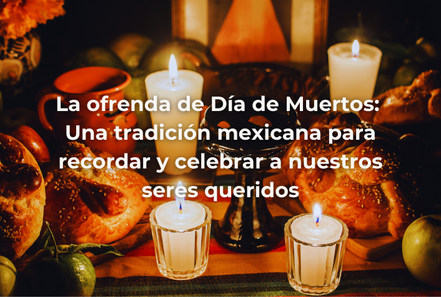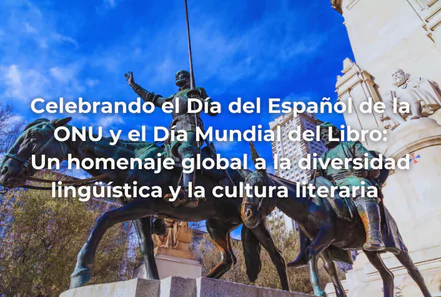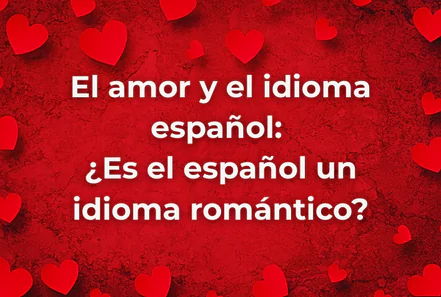December Celebrations in Mexico: Traditions Full of Joy








En el Día Internacional de la Mujer, celebramos las poderosas voces de las mujeres mexicanas en la literatura—desde pioneras como Elena Garro y Amparo Dávila hasta disruptoras contemporáneas como Fernanda Melchor y Brenda Navarro. A través de la ficción, los ensayos y una introspección valiente, estas autoras desafían las normas y revelan la riqueza de la experiencia femenina dentro del canon literario mexicano.

On International Women’s Day, we celebrate the powerful voices of Mexican women in literature—from trailblazers like Elena Garro and Amparo Dávila to contemporary disruptors like Fernanda Melchor and Brenda Navarro. Through fiction, essays, and fearless introspection, these authors challenge norms and illuminate the richness of female experience in Mexico’s literary canon.

